Money makers: tour the new Hyundai Card Factory in Seoul

If you ever wondered what a credit card production facility looks like, a visit to the Hyundai Card Card Factory is just what the doctor ordered. Located in the company's headquarters in Yeouido, the heart of Seoul's financial district, this brand new project by Hyundai has just opened its doors to the public, offering unprecedented, behind-the-scenes access to its manufacturing spaces.
The factory takes over the building's tenth floor, designed by local architect Choi Wook of One O One – also the man behind another recent project by the same company, the city's Hyundai Card Design Library. The company recently inaugurated one more bespoke space earlier this year (although designed by a different architect), the Hyundai Card Music Library.
One of the team's main priorities was to create a varied emotional experience for the factory visitor – the space should hover between a functional industrial facility, a historical archive and an art installation. Inspiration was found in the vibe and atmosphere of the pioneering factories from the age of the industrial revolution. Thus, the interior combines modern, state-of-the-art automated technology with a little analogue nostalgia via the use of elements that reference the 19th century. For example, the nine large lighting elements hanging from the ceiling subtly recall factory chimneys. Metal – chosen for its raw, industrial feel – was Choi's main choice of material for elevators and furniture.
The company's own history and archives were equally important to the design process. A 'history wall' displays the 102 card plates created since the Hyundai Card's conception, while 200 books about industrial design from the 19the century through to the present day are available to browse in the building's special reading corner.
The Card Factory is now open to Hyundai customers (there's currently over seven million), who can pick up their cards on site. Members can bring up to three guests along, to relax at the factory's cafe or take a tour of the premises, experiencing first-hand how their plastic money is made in the 21st century.
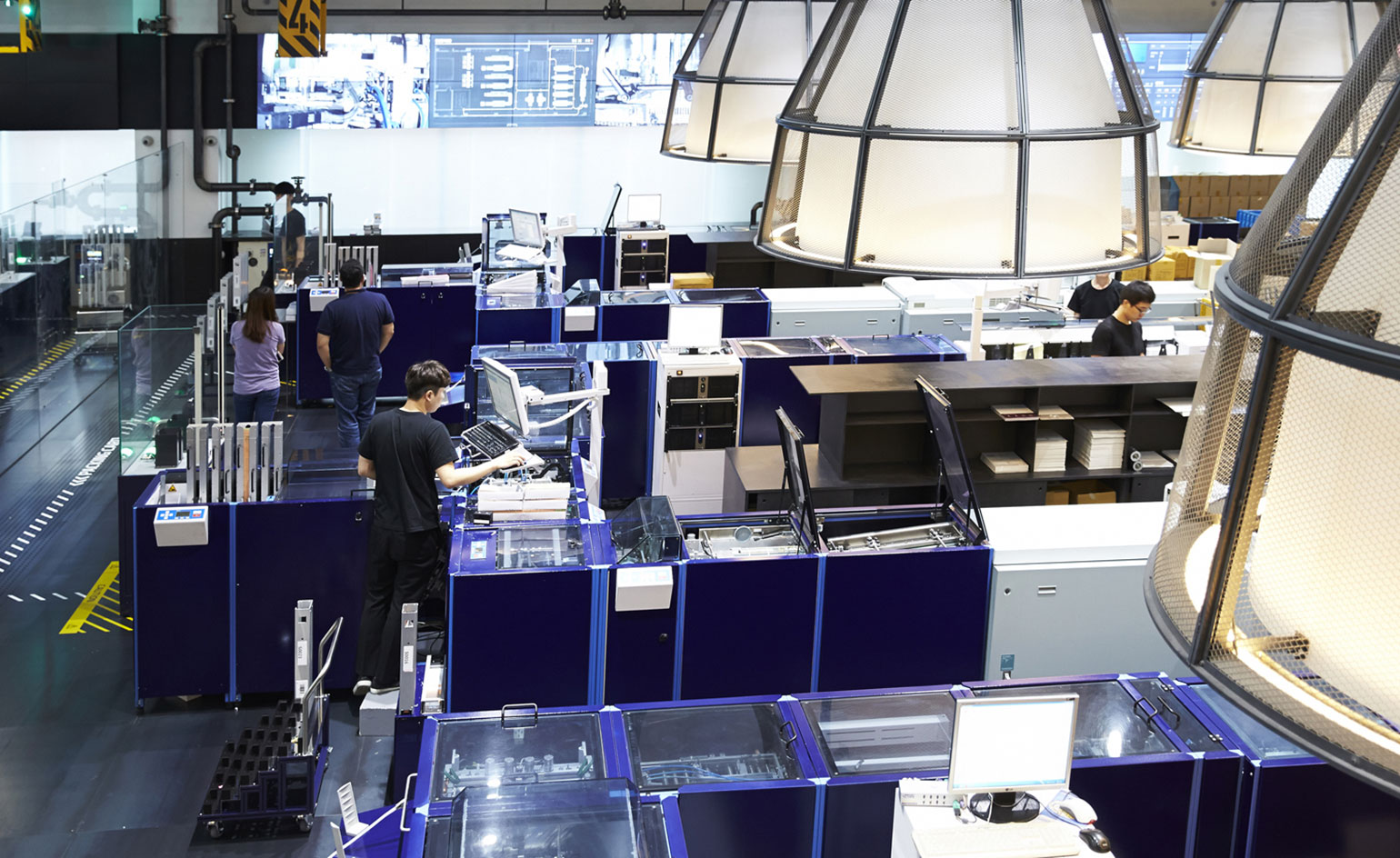
The company's customers can pick up their new Hyundai cards in person, from its headquarters in the city's financial district
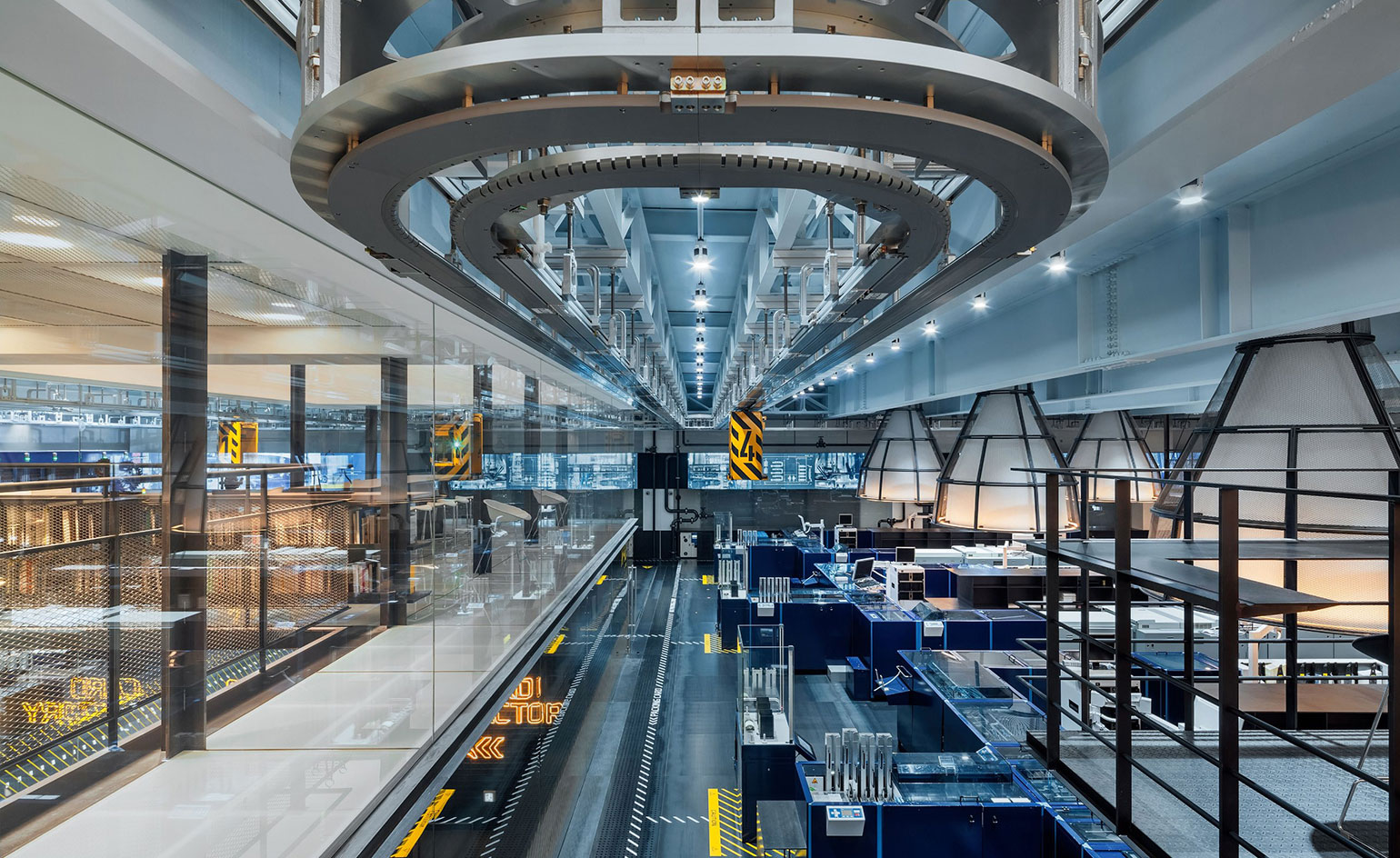
Architect Choi Wook worked on the interior design. He drew inspiration from 19th century industrial facilities

Metal was the architect's construction material of choice, selected for its industrial feel
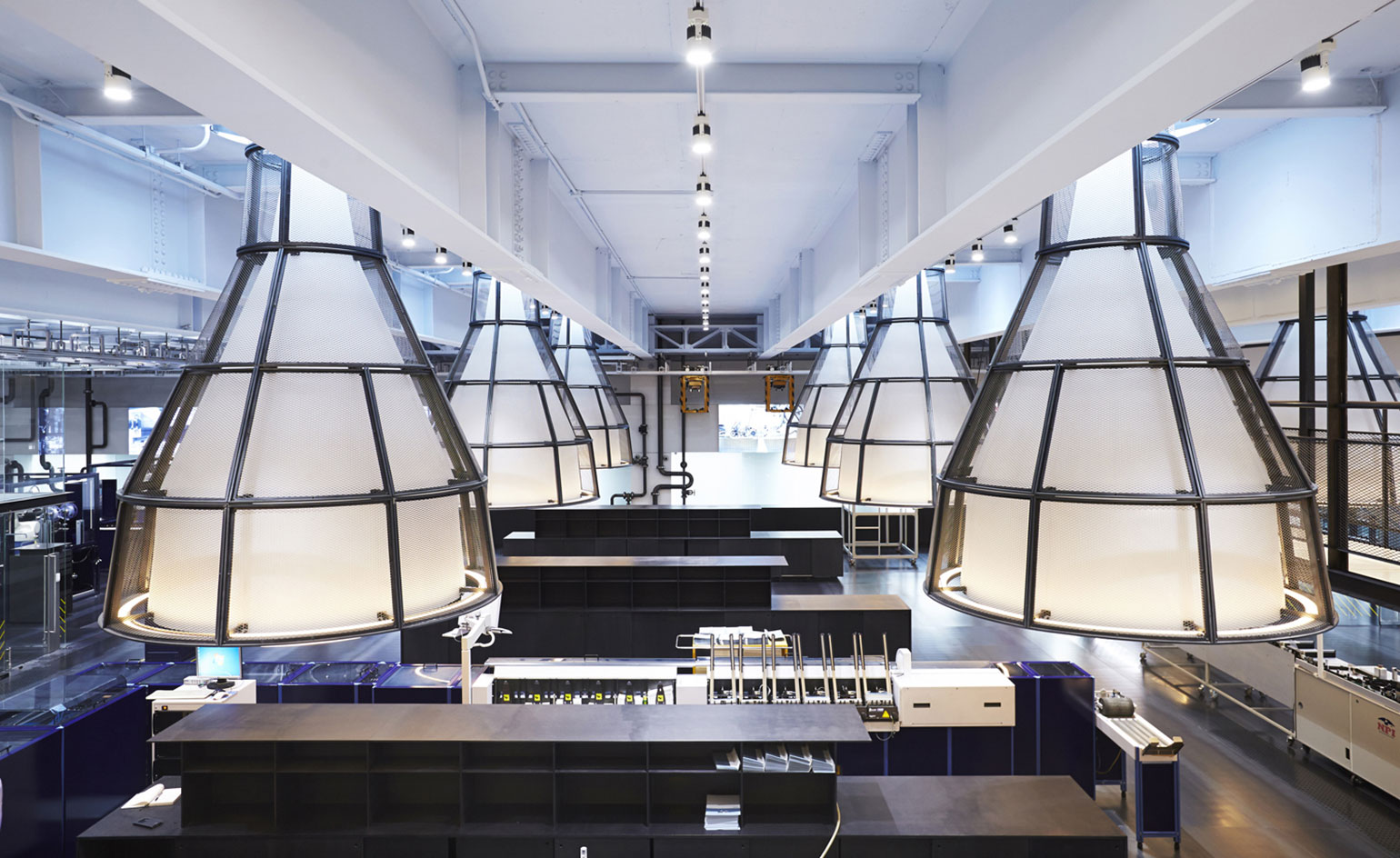
Nine large lighting pieces hang from the ceiling, their shapes referencing factory chimneys
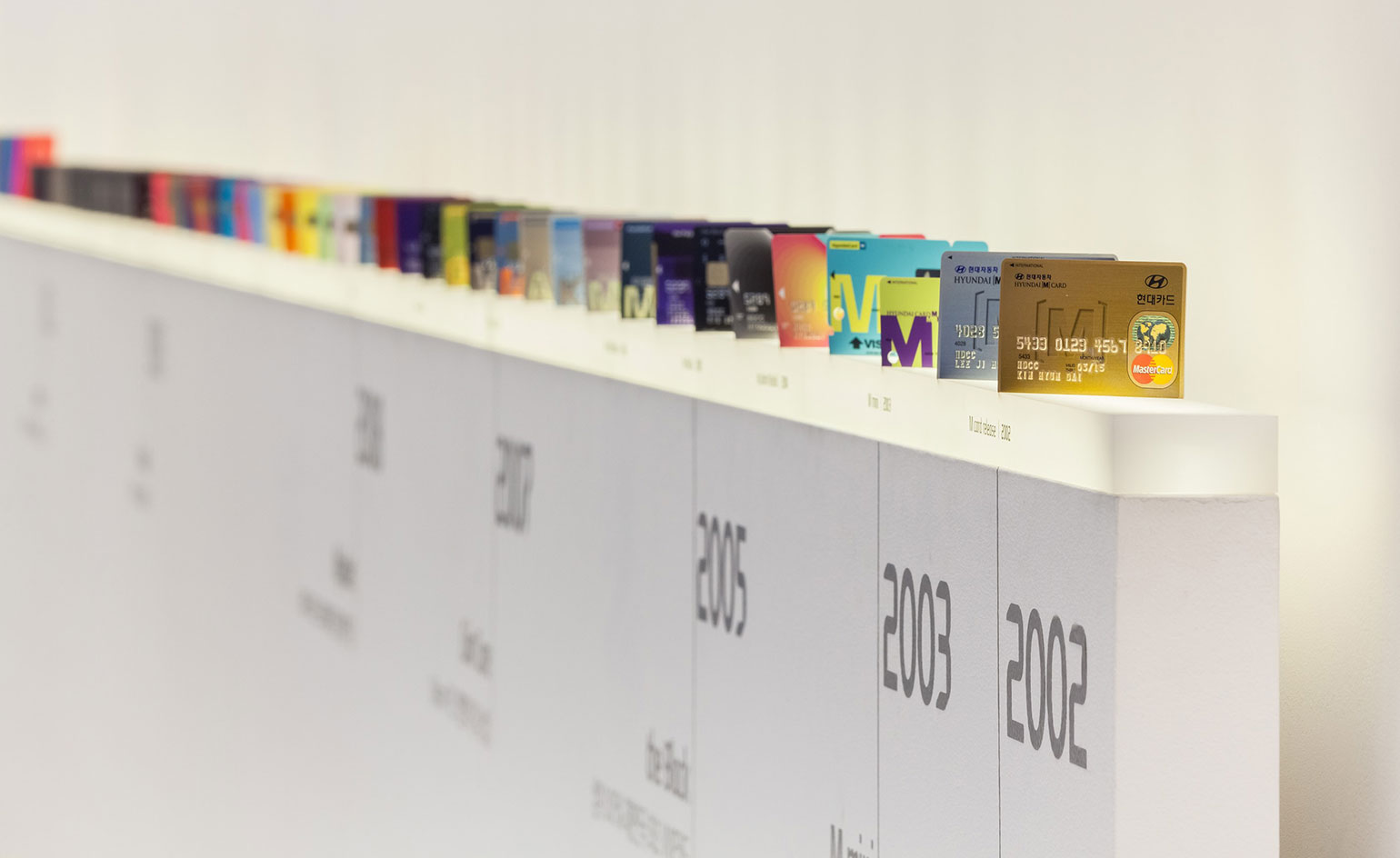
The factory includes a 'history wall': a display where visitors can see the 102 card plates produced by the company since its launch
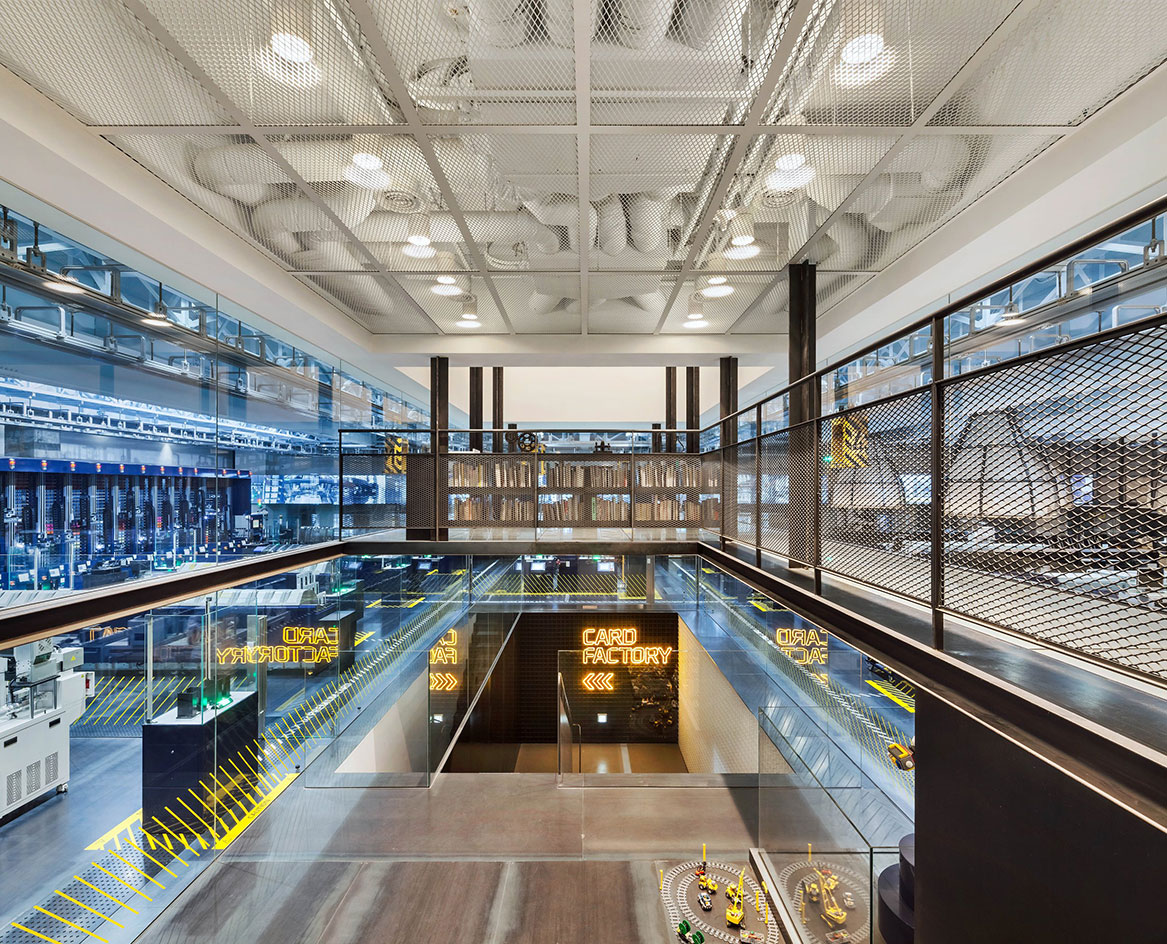
A book corner in the building allows visitors to take a moment to relax and browse through the history of industrial design
Receive our daily digest of inspiration, escapism and design stories from around the world direct to your inbox.
Ellie Stathaki is the Architecture & Environment Director at Wallpaper*. She trained as an architect at the Aristotle University of Thessaloniki in Greece and studied architectural history at the Bartlett in London. Now an established journalist, she has been a member of the Wallpaper* team since 2006, visiting buildings across the globe and interviewing leading architects such as Tadao Ando and Rem Koolhaas. Ellie has also taken part in judging panels, moderated events, curated shows and contributed in books, such as The Contemporary House (Thames & Hudson, 2018), Glenn Sestig Architecture Diary (2020) and House London (2022).
-
 La Monique brings the French Riviera to Santa Monica
La Monique brings the French Riviera to Santa MonicaA transportive room of velvet, candlelight, and Riviera chic, serving French favourites with a modern wink
-
 Kat Milne is the designer behind fashion’s most intriguing retail spaces
Kat Milne is the designer behind fashion’s most intriguing retail spacesInfused with elements of the surreal, Kat Milne has designed stores for the likes of Marc Jacobs, Sandy Liang and A24. ‘People are looking for a more tactile experience,’ she tells Wallpaper*
-
 A refreshed 1950s apartment in East London allows for moments of discovery
A refreshed 1950s apartment in East London allows for moments of discoveryWith this 1950s apartment redesign, London-based architects Studio Naama wanted to create a residence which reflects the fun and individual nature of the clients
-
 In South Korea, a new Bangjja Yugi museum honours a centuries-old Korean tradition
In South Korea, a new Bangjja Yugi museum honours a centuries-old Korean traditionStudio Heech transforms a coal-mining warehouse into a glowing cultural hub celebrating Korea’s master bronzesmith Lee Bong-ju – and the ancient craft of bangjja yugi
-
 Thomas Heatherwick's 2025 Seoul architecture biennale calls for ‘radically more human’ buildings
Thomas Heatherwick's 2025 Seoul architecture biennale calls for ‘radically more human’ buildingsThe 2025 Seoul architecture biennale launches in the South Korean capital, curated by Thomas Heatherwick, who argues for creating buildings in tune with emotion, 'the thing that drives us'
-
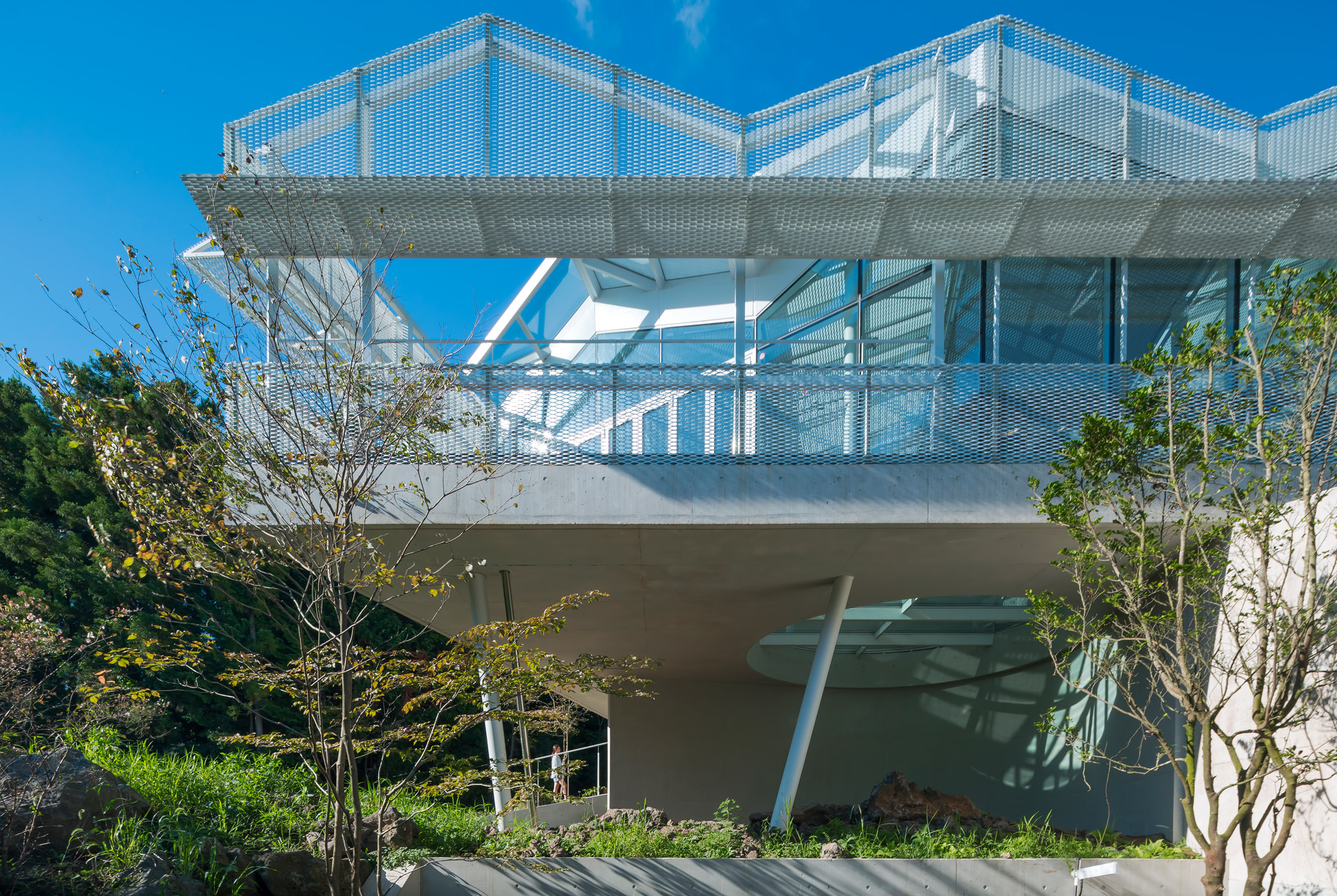 On Jeju Island, South Korea, a cabin stay with unobstructed views of forest and sky
On Jeju Island, South Korea, a cabin stay with unobstructed views of forest and skyEgattoc is a new hospitality complex by architect Byoung Cho, who wanted to create an experience where guests ‘can see the forest while they take a shower’
-
 Join our tour of Taikaka House, a slice of New Zealand in Seoul
Join our tour of Taikaka House, a slice of New Zealand in SeoulTaikaka House, meaning ‘heart-wood’ in Māori, is a fin-clad, art-filled sanctuary, designed by Nicholas Burns
-
 Wallpaper* Architects’ Directory 2024: meet the practices
Wallpaper* Architects’ Directory 2024: meet the practicesIn the Wallpaper* Architects Directory 2024, our latest guide to exciting, emerging practices from around the world, 20 young studios show off their projects and passion
-
 Studio Heech transforms a Seoul home, nodding to Pierre Chareau’s Maison De Verre
Studio Heech transforms a Seoul home, nodding to Pierre Chareau’s Maison De VerreYoung South Korean practice Studio Heech joins the Wallpaper* Architects’ Directory 2024, our annual round-up of exciting emerging architecture studios
-
 Architect Byoung Cho on nature, imperfection and interconnectedness
Architect Byoung Cho on nature, imperfection and interconnectednessSouth Korean architect Byoung Cho’s characterful projects celebrate the quirks of nature and the interconnectedness of all things
-
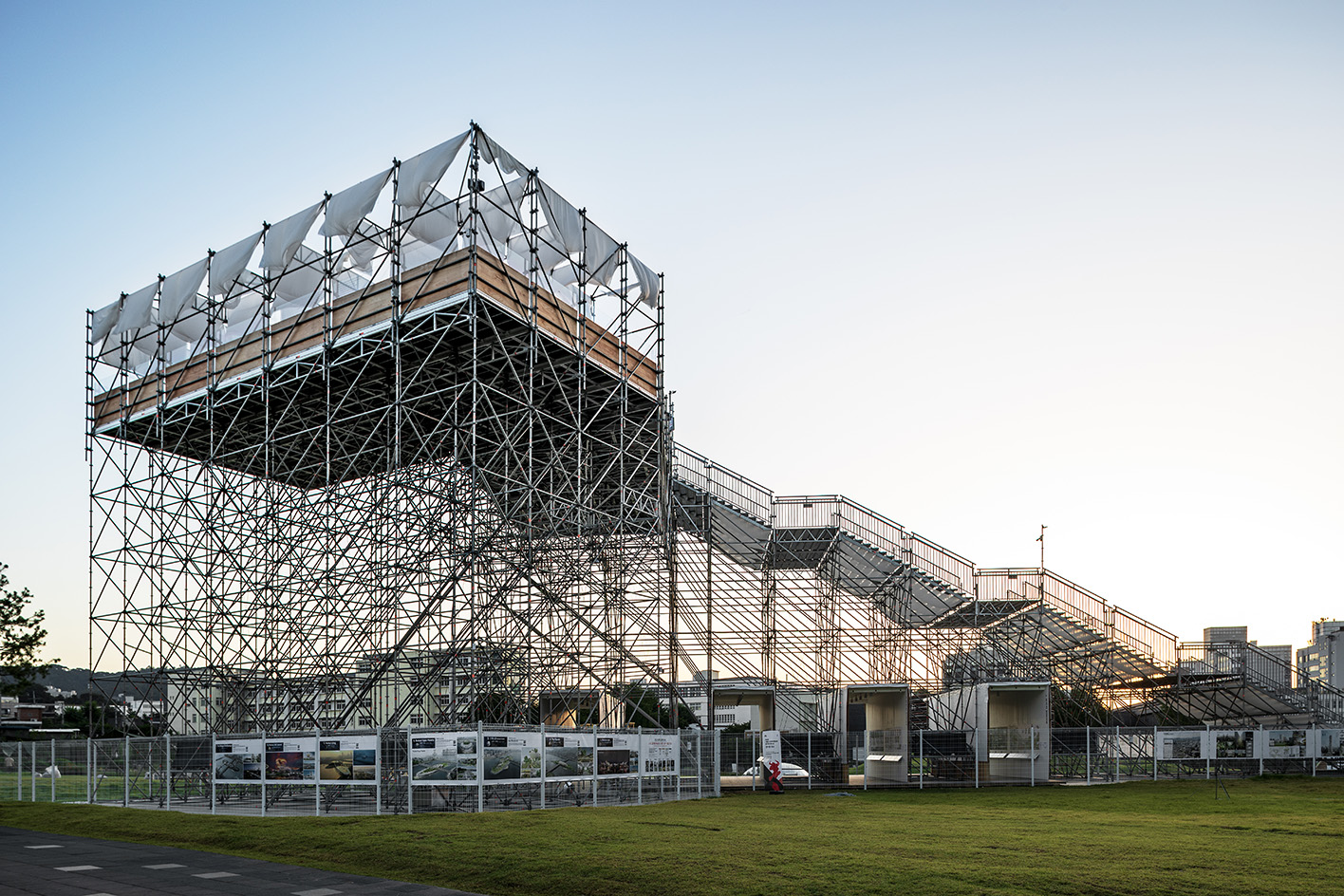 2023 Seoul Biennale of architecture invites visitors to step into the outdoors
2023 Seoul Biennale of architecture invites visitors to step into the outdoorsSeoul Biennale of Architecture and Urbanism 2023 has launched in the South Korean capital, running themes around nature and land through the lens of urbanism